Essential Kitchenware and Their Uses.
Are you going to start cooking for your family then you must have to know use of all the essential kitchenware and utensils I listed bellow.
If you have a level of obsession with cooking or you’re simply trying to update your kitchen utensils or you’re just curious about what kind of utensils go in the kitchen, this article is for you. My point is, you do not have to be a professional Chef to want to know these kitchen essentials that facilitate the creation of the magic called food. Ready to unravel the beauties of the kitchen? Then let’s dive in.
20 Common Types of Kitchenware
These are the wrenches that you will typically find everywhere, and their use is pretty common throughout different sectors.
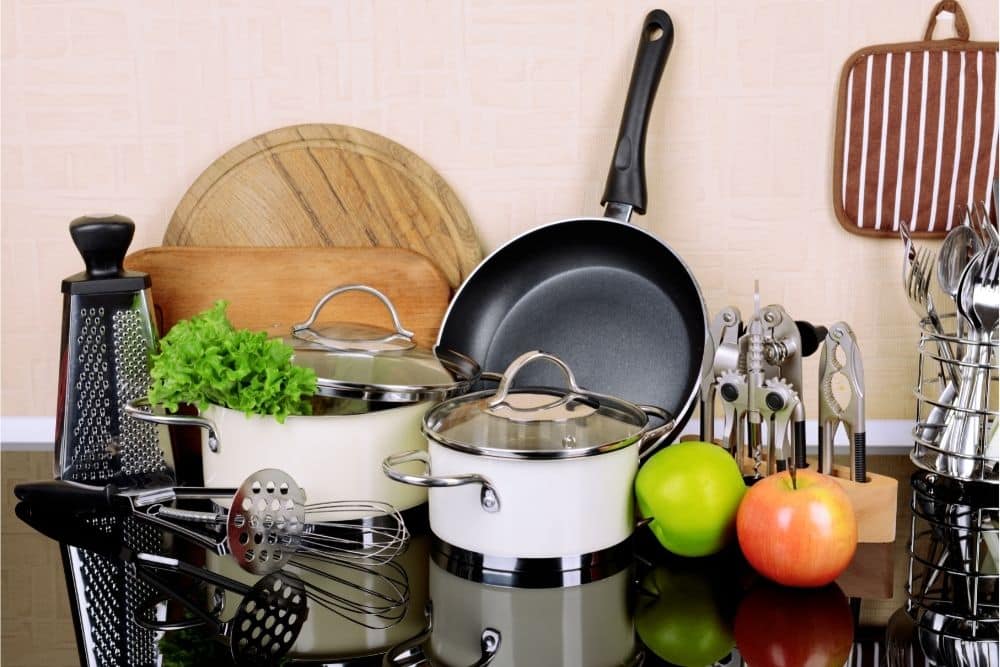
1. Cutting Board:
With a cutting board, cutting your meat has never been easier, especially when you’ve got a dedicated cutting board for meat. You’ll no longer struggle with meat cutting and a host of other things. For starters, what is a cutting board? It’s that wooden or plastic (depending on the material used to make it) flat surface that you can deploy in cutting or slicing almost anything.
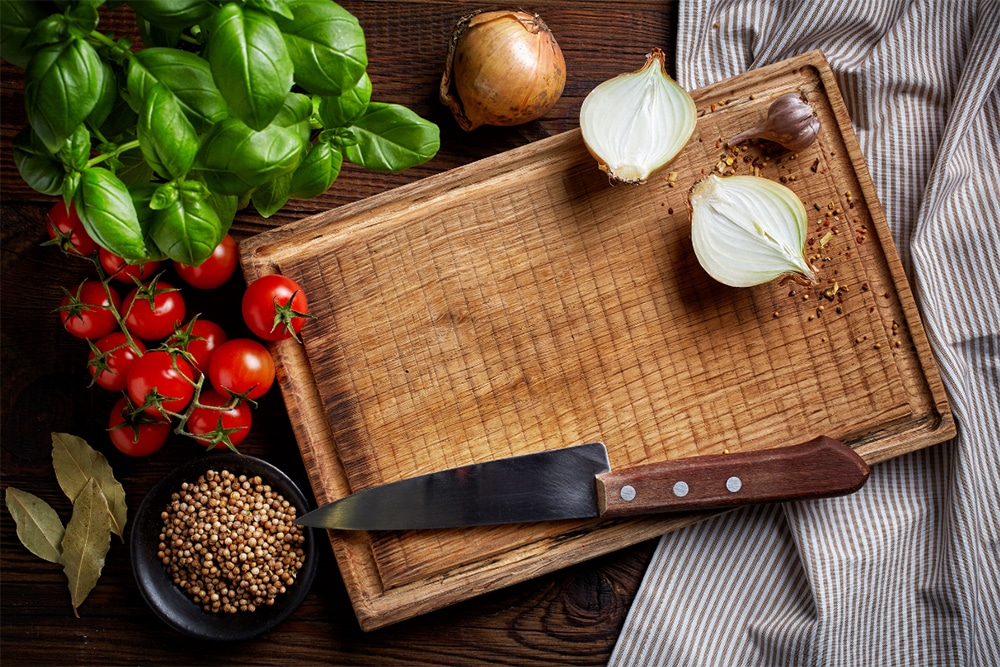
Image: Cutting Board
Fun fact, having a cutting board with a handle further simplifies your cutting and slicing endeavor. You can easily empty your chopped vegetable or meat into a bowl after chopping it on the board by grabbing the cutting board handle. It would be nice if you own a cutting board holder or a cutting board rack. You’ll keep your cutting board free from coming in contact with germs that could lead to food poisoning when you use it to chop your edibles.
2. Chef’s Knife
So, in your entire life purchasing MasterChef Knives, you’ve probably only used one or two out of the entire knife set. Amongst the knives you often use, the Chef’s knife makes a list. That’s because it is one of the essential knives around the kitchen. It is quite versatile as it is used for slicing, chopping, and dicing various edibles.
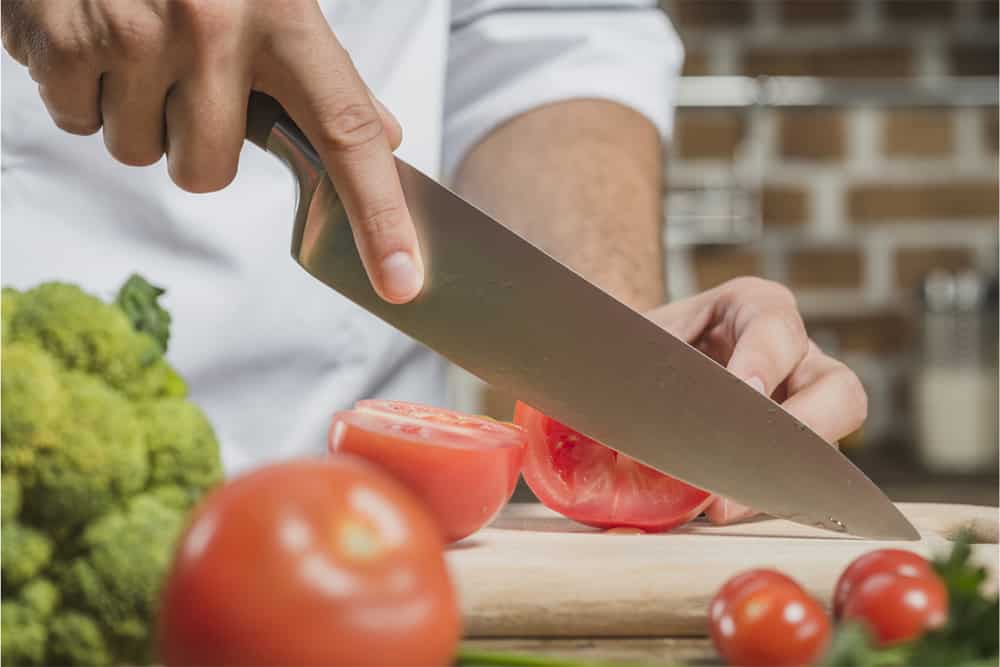
Image: Chef’s Knife
In length, Chef’s Knives range from 8-12 inches. It’s now left to you to decide which length is perfect for you. Although Chef’s knives are versatile, it has its limit. For instance, it doesn’t work well when used to peel small edibles. If you love to carve your cooked meat, the Chef’s knives aren’t ideal for this endeavor. When shopping for this utensil, it is wise to purchase Chef’s Knives with a carrying case.
3. Measuring Cup and Spoons
Although the regular human being is okay with measuring ingredients for a meal the old school way (using the palm), measuring spoons and cups helps you achieve precision in cooking, contributing to cooking ease.
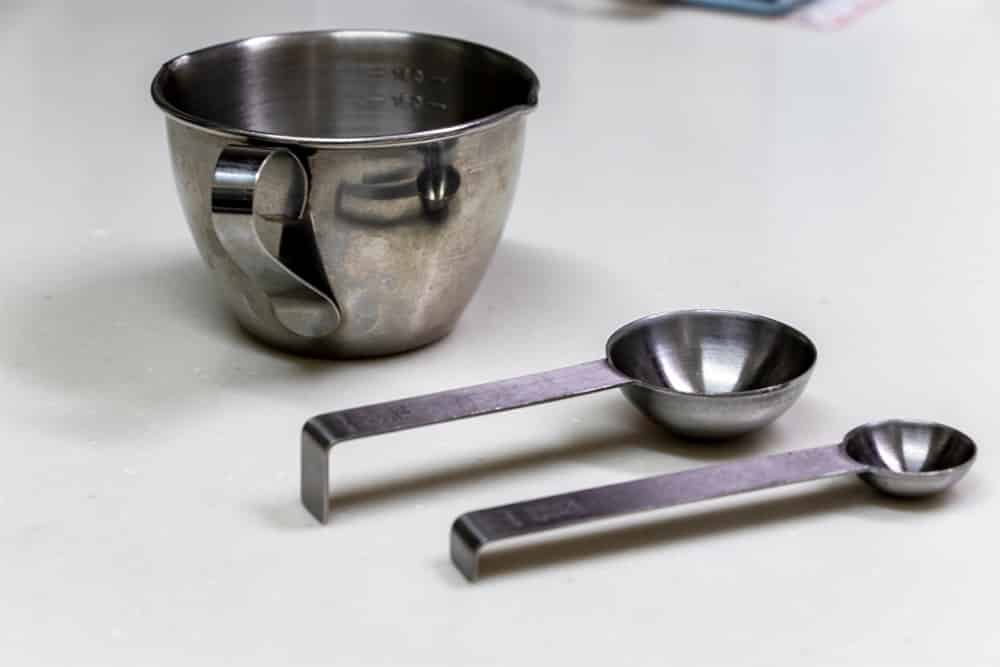
Image: Measuring Cup and Spoons
When it comes to measuring cups, it will help if you had a measuring cup set. Then, you’d have various size options to use when cooking for different numbers of people. They come in handy when you want to measure anything from solid powder like sugar, salt, paprika powder, etc.
4. Saucier Pan
You can call a Saucier Pan a Chef’s pan as it is most dominant amongst Chefs. The reason is a bit obvious. While a saucepan is functional and is found in most kitchens, the saucier is framed in such a way that makes it easier and a lot more comfortable to make the dishes you’d naturally make on a saucepan.
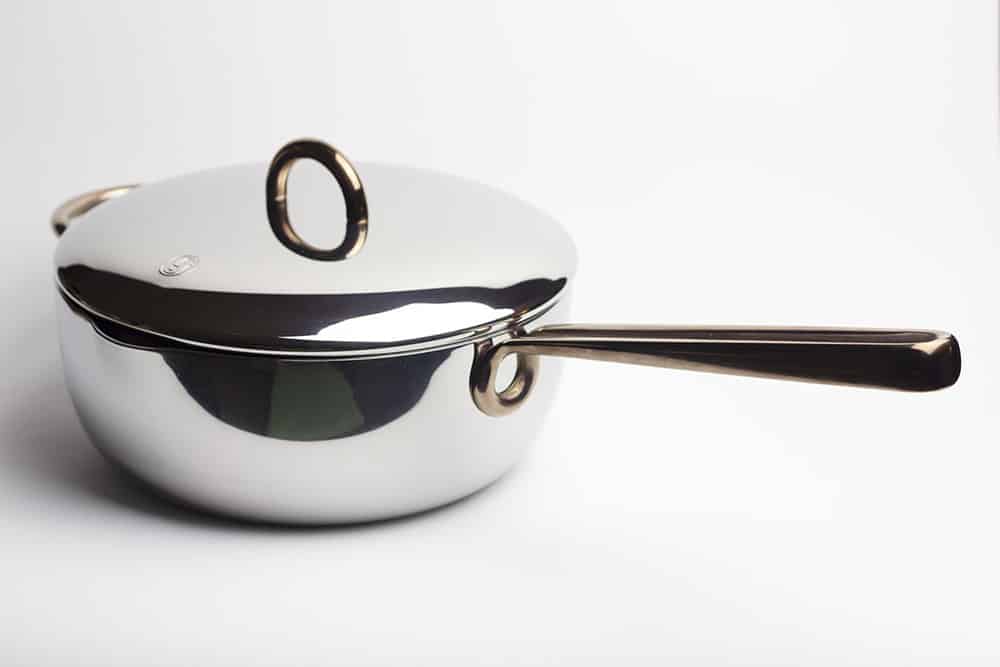
Image: Saucier Pan
With a wider opening than a saucepan, a saucier pan’s evaporation rate is faster, making stirring and whisking a lot easier. You won’t have to bother about your food sticking to the bottom of the sides. Also, saucier pans are a lot easier to wash compared to saucepans. The bottom line is, saucier pans do the work of saucepans but with convenience and ease. When shopping for a saucier pan, it would be best to invest in a saucier with a lid.
5. Casserole
A Casserole dish is a must-have in the American home, especially if you enjoy making Casseroles. On the other hand, Casseroles is a meal that is usually baked in the oven in a specific Casserole pot or Casserole dish with a lid. Casseroles’ dishes come in different types, sizes, and materials.
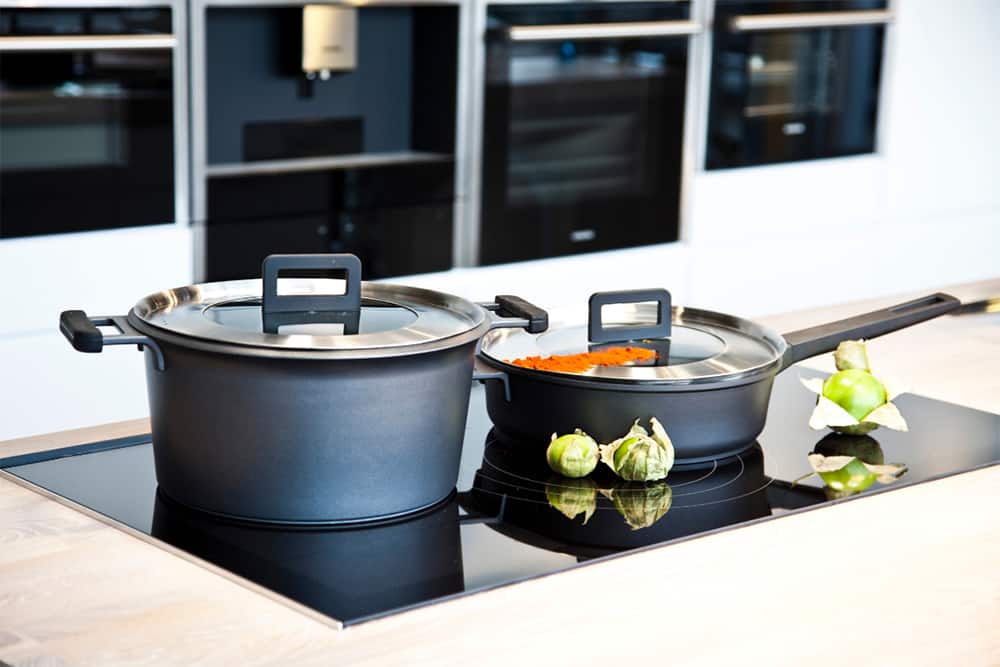
Image: Casserole Pan
For instance, depending on the result you want to achieve with your casserole in taste ad size, you can choose to make your casserole with a Casserole pan, bowl, or dish. A Casserole bowl also comes in handy. But, again, it heavily depends on the number of people you intend to feed. Based on history and popularity, people tend to use and demand ceramic casserole dishes.
6. Peeler
When you hear the word peeler, it brings to mind the picture of somebody taking off the skin of an object. Basically, this utensil serves as a vegetable peeler or a potato peeler. It generally works to get off the flesh or covering on your vegetables, fruits, etc. Consequently, it makes the cooking process a lot shorter.
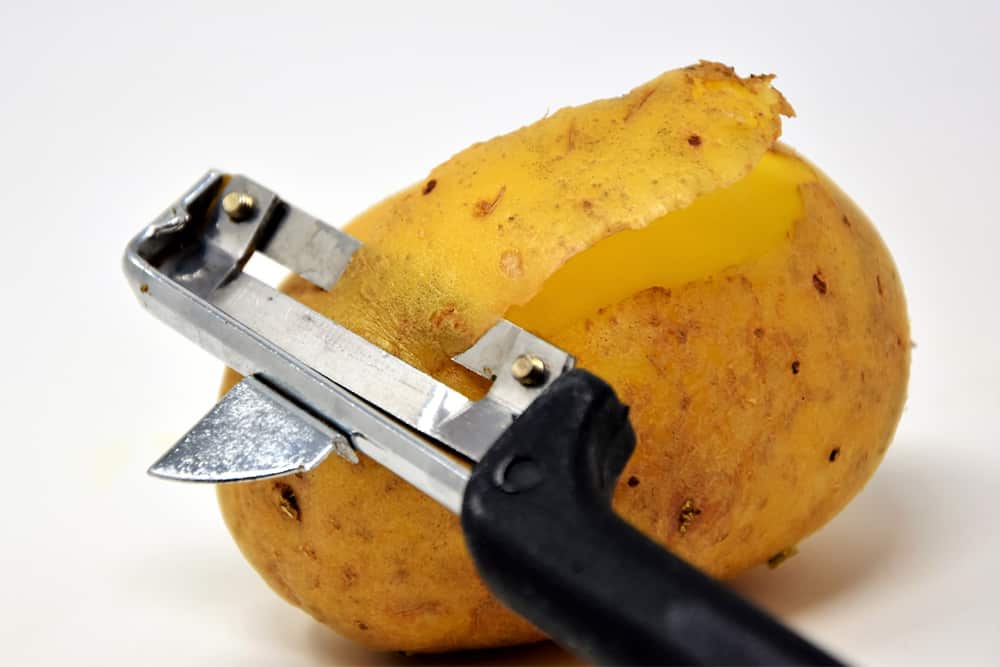
Image: Peeler
Most apple peelers are shaped looking like a “Y.” It comes with a blade in between the “Y” opening. The majority of peelers that you’ll come across are not weighty. Fun Fact: not all peelers are “Y” shaped. Some follow a straight shape pattern.
7. Potato Masher
If you ever start to crave mashed potatoes out of the blues, a potato masher ensures you satisfy the craving. It is an easy way to whip up a nice delicious meal that requires mashed potatoes. Cook your potato and turn it to the potato masher to crush it. Potato mashers are usually hand-held. However, the hand-held potato mashers seem to be the first generation of potato mashers.
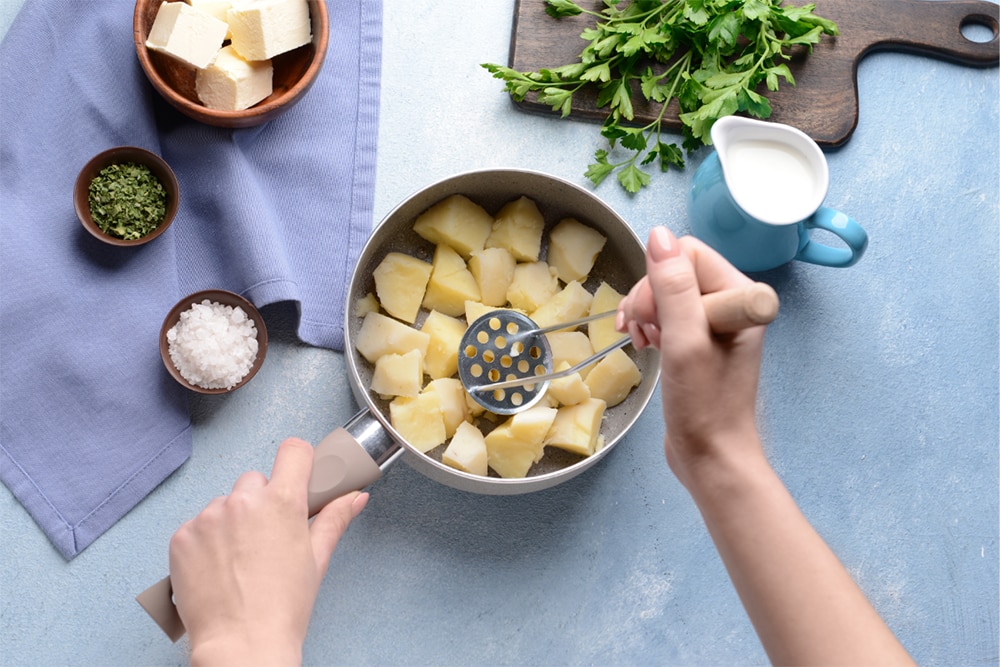
Image: Potato Masher
Thanks to technology, this utensil has gone through modifications. For instance, rather than get the hand-held potato mashers, you can get a potato masher machine. Now, you might imagine that a potato masher electric machine would be large and bulky. But that’s not the case. Most potato masher machines are actually as portable and weightless as they can be. They also would not take up too much space in the kitchen.
8. Garlic Press
When next you come across a recipe that strikes your fancy, and it requires minced garlic, we hope you remember that a garlic press is a superhero you’ll need to get the garlic minced. Sure, you can get your garlic minced using a grater, fork, or knife. But using a garlic crusher tool like a garlic press makes mincing your garlic a lot easier.
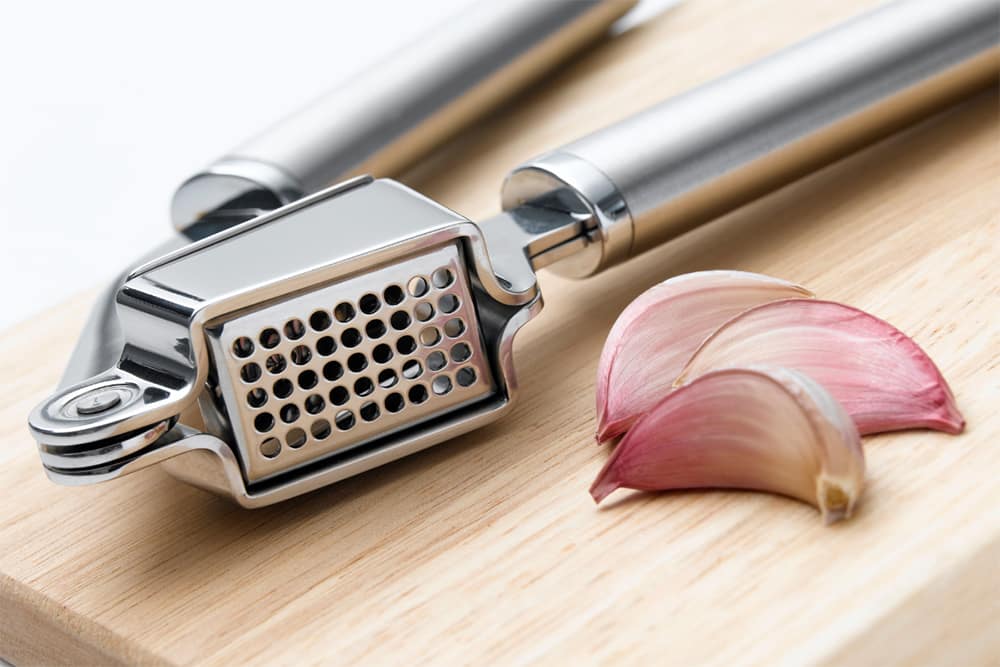
Image: Garlic Press
Nevertheless, quite a number of Chefs detest this garlic mincer tool. According to them, crushing garlic with the garlic clove crusher results in the garlic has a very strong taste. However, garlic press comes in handy, especially when there are many cloves to be crushed.
9. Citrus Juicer
Starting your mornings with a glass of freshly squeezed citrus juice is always a delight. However, it sure seems like an unrealistic endeavor if you have to rely on the mall to get your juice. First, there’s the issue of either getting stale juice or no juice at all. But there’s an easy way out.
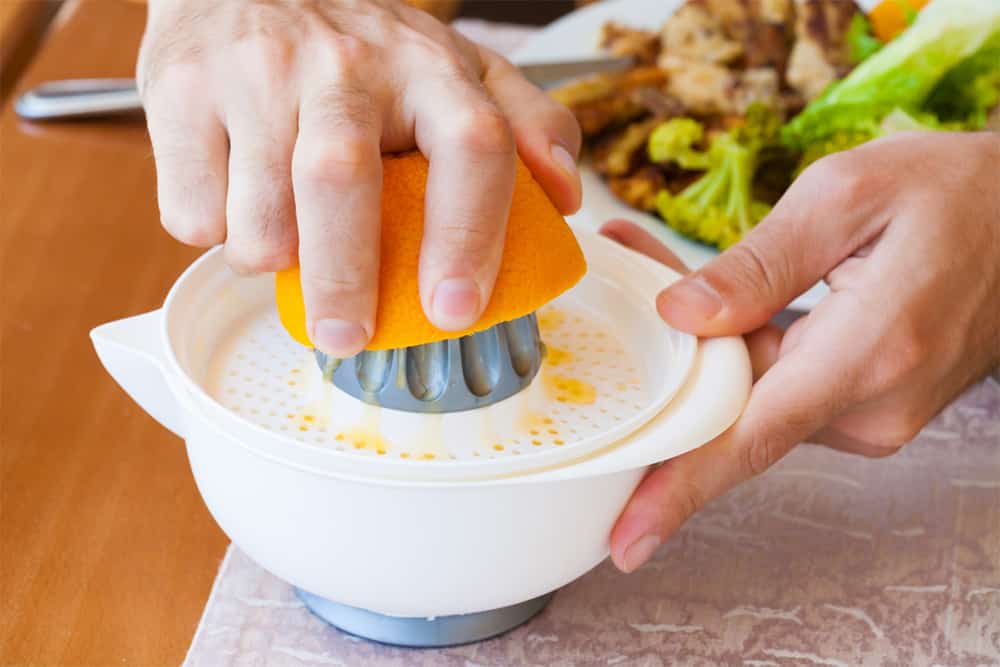
Image: Citrus Juicer
With a citrus press Juicer, you can easily get access to freshly squeezed citrus juice. While there’s the manual citrus Juicer, you might not get the best out of your citrus juice. The reason? There’s only so little you can achieve with a manual citrus Juicer. To make a large amount of fresh citrus juice, you’ll need a citrus juicer electric machine. You’ll easily get as much quantity as you please with it.
10. Kitchen Tongs
Kitchen tongs are another kitchen utensil that simplifies the cooking process. They are used to grab, flip, and move food from one place to another. It comes in handy in the cooking that you do. For instance, most Chefs use tongs for grilling. Here, they easily use the tong to flip over their grilling chicken, fish, or meat to grill the parts that haven’t properly been grilled.
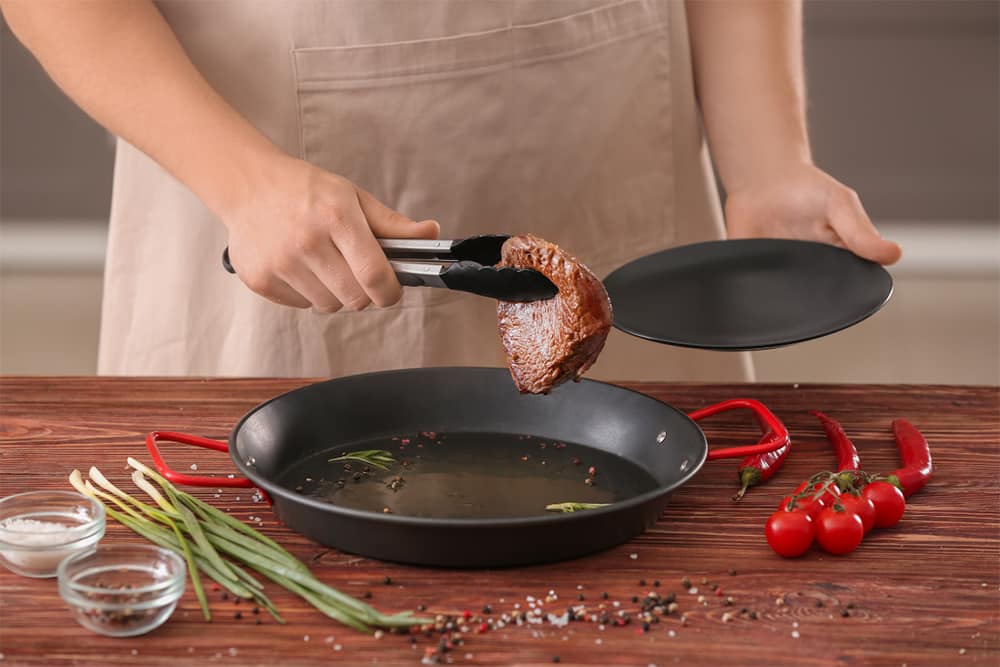
Image: Kitchen Tongs
Basically, the different sizes of kitchen tongs ensure that you can pick, flip, or move any food from corn to freshly-baked bread out of the baking pan. You can also use a tong as an extra hand to help you pick your spices placed in certain places your hand can’t reach.
11. Saucepans
A saucepan is one of the essential utensils you’ll find in almost every kitchen. It is majorly made with stainless steel. It is round, has a long handle by shape, and its sides are straight and long. If you ever need to cook anything that requires liquid of any sort, a saucepan would come in handy.
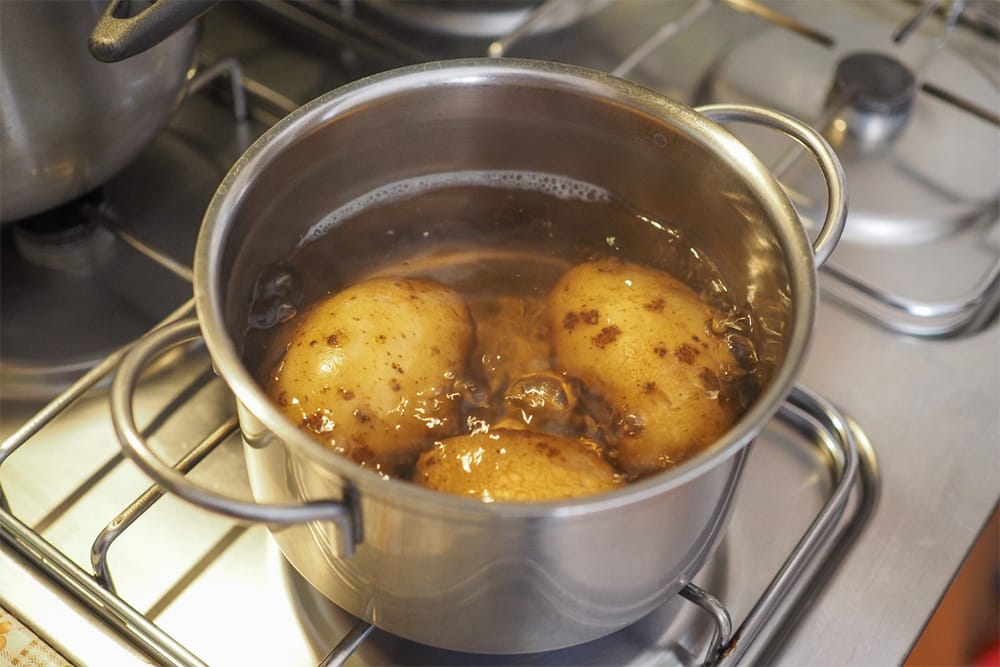
Image: Saucepans
Saucepans come in different sizes for purposes. And, of course, they do not only share similar names with the saucier pan. In fact, a saucepan and a saucier pan are quite similar in looks. The only difference is that a Saucepan is taller/ higher compared to a Saucepan. Also, saucier pans have sloping sides and make stirring the content in it a lot easier. If you engage in induction cooking, there are induction saucepans that you can purchase.
12. Trivet
If you often get skeptical about putting hot or cold dishes on dining because you fear it would crack or ruin your table, it’s high time you get a Trivet. Like other kitchen utensils, Trivet has its purpose. With a trivet mat, you’ll protect your table from the impact of extensive heat or cold.

Image: Trivet
It might look useless, but it’s not. To reduce some of the pressure on your trivet, you can have a trivet for hot dishes and another for cold dishes. Trivet has three legs, and it’s not hard to tell as the prefix “tri” in the word “trivet” stands for “three.” Some people also call it a tripod.
13. Strainer
Strainers do what they are named; drain liquids. For instance, if you want to wash a small number of berries or tomatoes, toss them into the Strainer. Then, put it under running water. They rinse and use your tomatoes or berries. Although there are strainer baskets and spoons, strainers are perfect for smaller tasks.
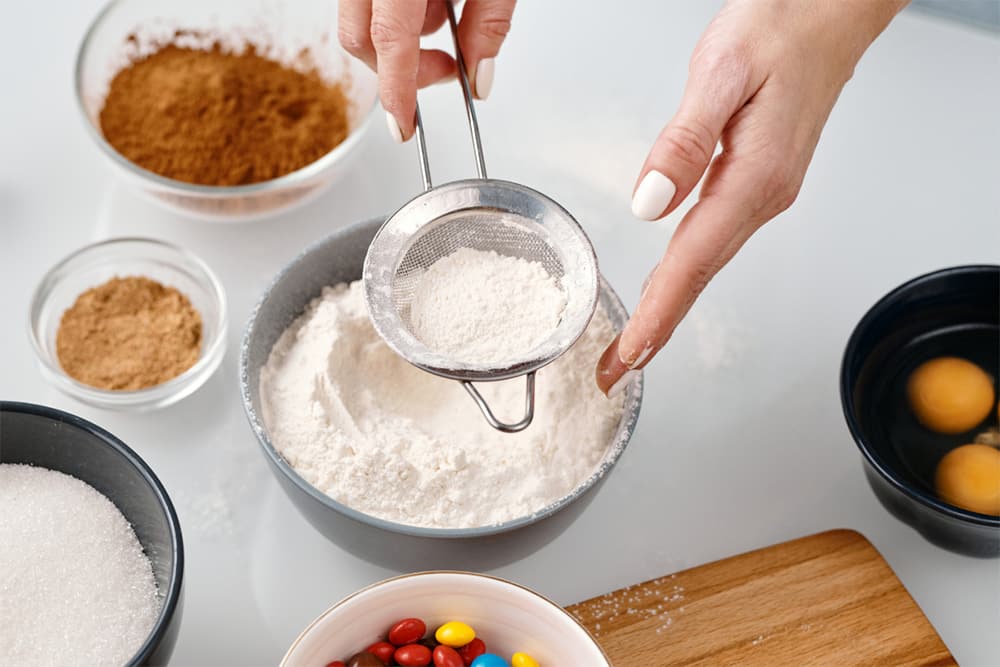
Image: Strainer
Aside from liquids, you can sift flour with strainers or use them as sugar sprinkles on cakes. At a more elaborate level, you can get a pot with a strainer. Cooking with strainer pots is quite easy as it helps you drain the liquid in the pot easily, especially if you’re cooking pastas. You can also use strainer bowls or spoons to drain oils and get rid of chicken residues.
14. Splatter Guard
It can get quite exhausting launching into kitchen counter cleaning mode every time you fry your chicken, fish, or meat in oil. The reason? The cooking oil tends to pop out of the frying pan and splatter over the nearby wall, kitchen counter, etc. But of course, guess who’s here to save the day; oil splatter guards!
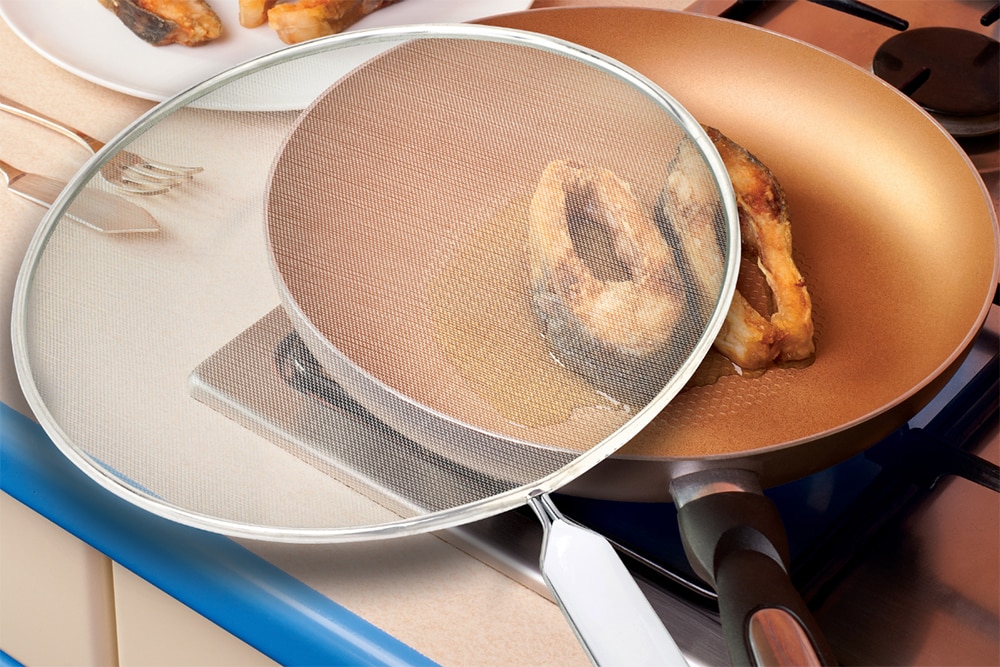
Image: Splatter Guard
A good splatter guard for a frying pan prevents oil from jumping out of the pan, onto the counter, etc. there are also splatter guards for the oven and a stove. Splatter guards are a great addition to any kitchen as they ensure that your counter, oven stays clean. It saves you from doing extra work.
15. Wooden Spoons
So, you’ve possibly seen a couple of friends or your favorite chefs on TV or their YouTube channels using wooden spoons for cooking, but you can’t wrap your head around why. Here’s why! For starters, wooden spoons wouldn’t scar copper pans. They are also heat resistant and are the best choice of spoons to stir thick stews and spoons.
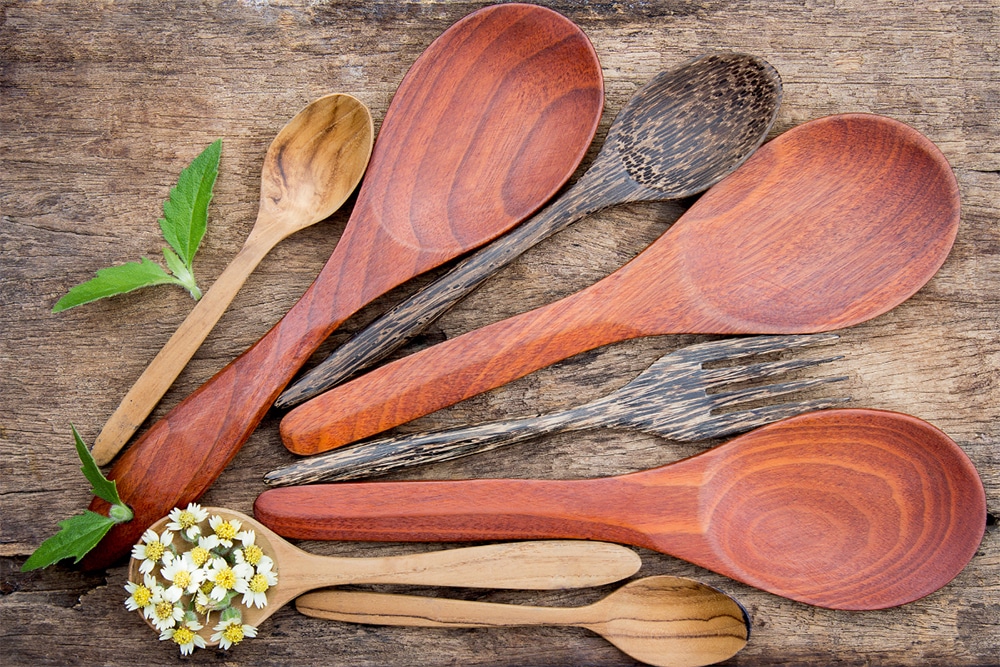
Image: Wooden Spoons
Also, take it from expert chefs when they claim that some of the metal utensils they cook tend to affect the taste of some of their food, specifically sauces. On the other hand, Wooden spoons would safely help you stir your food without affecting the taste quality of your meal.
16. Ladle
If you watched Merlin or Chefs when they make their delicious soups or stew, you must have noticed a weird-looking long spoon with them. I, for one, remember Gaius in Merlin using a ladle spoon to concoct his portions, soups, etc. anyway, a Ladle is a spoon that is long and around and deep end that resembles a bowl.
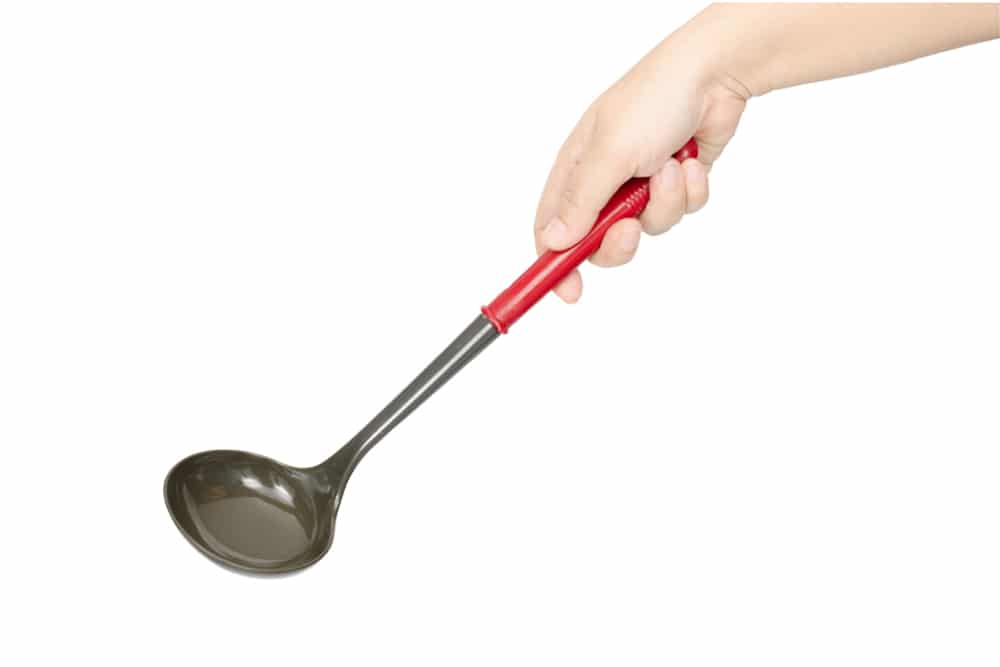
Image: Ladle
Chefs mostly use Ladle for soup, tasting, and serving. Trust me when I say that it comes in handy, making it easy for anyone to dish their soups with it. Ladles are also a great tool to use in getting a perfect measurement for your muffins or waffles.
17. Mixing Bowls
Mixing bowls exist for the sole purpose of mixing your ingredients for your recipe together. They come in several materials from metal, plastic, glass, ceramics, etc. Quite a few Chefs use mixing bowls for baking. Right about now, you might start to question the need for mixing bowls or whether you necessarily need mixing bowls with lids in your kitchen. Well, that’s fine but let’s quickly touch on the need for mixing bowls, especially if your kitchen is spacious.
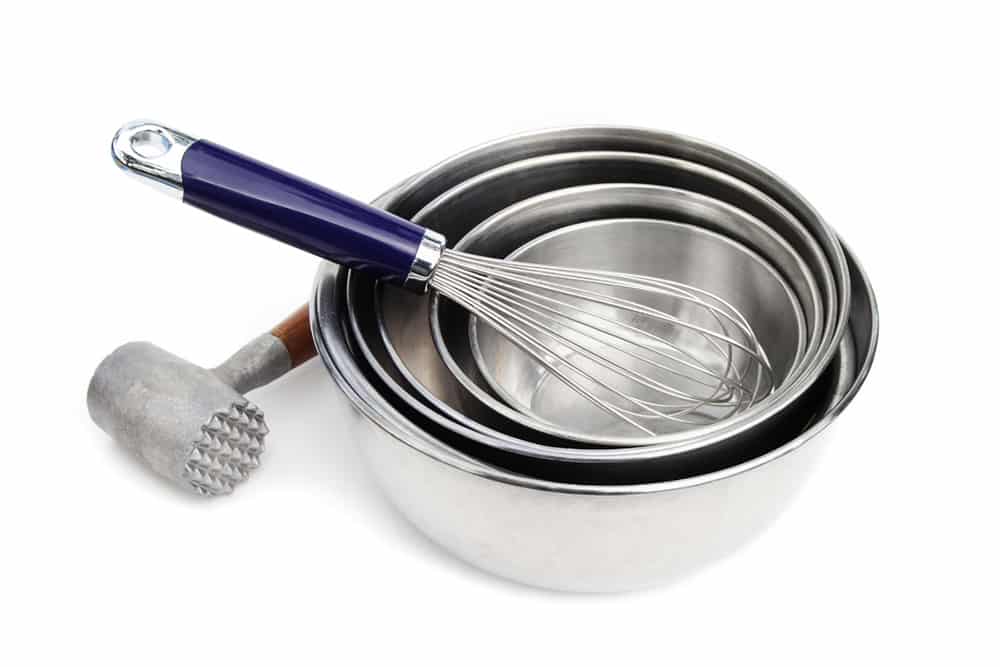
Image: Mixing Bowls
For one, if your taste bud is quite sensitive that it notices any interference in the taste of your food, you’d notice that certain random bowls would influence the taste of your food. Also, certain foods are best mixed in certain bowl materials for the best result. For instance, whipping food should be mixed in non-metal bowls; oil is perfect in ceramic, stainless, or glass bowls, etc.; know that the mixing bowl you use affects the overall quality of your food in big or minute ways.
18. Spatulas
Spatula spoons are carved from different materials. You can get a silicone spatula, rubber, plastic, or metal. Whichever you choose to get, know that they are used for different purposes. As a very flexible and versatile tool, Different spatulas can be used to stir ingredients, scrape off food stuck to the sides of a pot, etc.
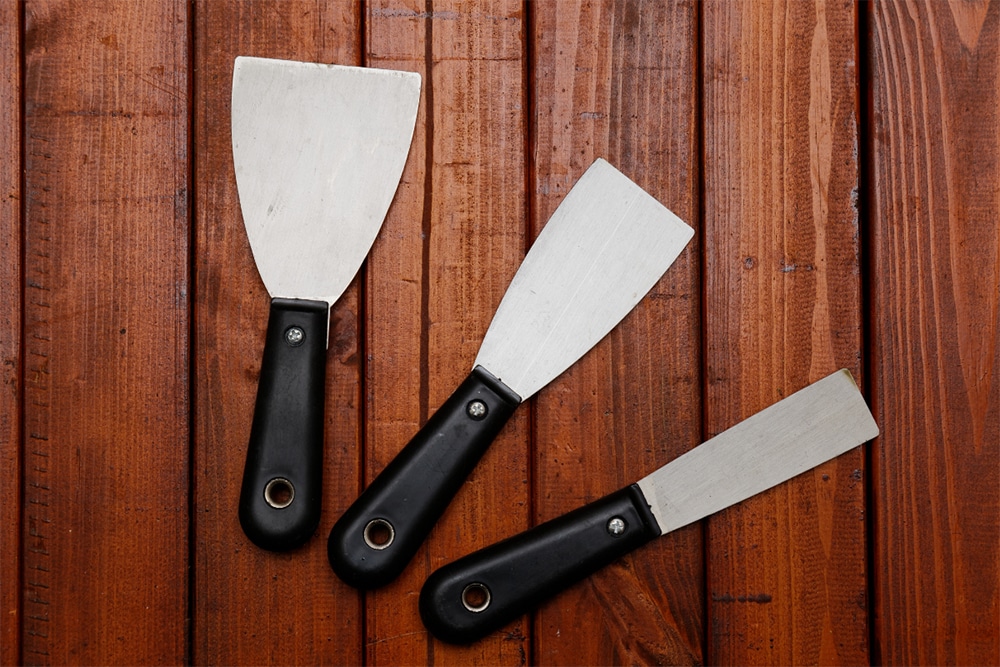
Image: Spatulas
There is also the spatula ladle. Basically, the shape of your spatula would dictate how to use it. Speaking about materials used to make spatulas, you have to be picky with rubber spatulas. You can’t use them in a lot of cooking conditions. The reason? It would melt when used in certain conditions.
19. Whisk
You’ve definitely seen or heard of a whisk before. It’s made of two parts. While the middle to the top consists of the handle, the middle downwards consists of metal wire loops joined together. Some Chefs tend to call this utensil a whisk mixer. Of course, it comes in manual and electric forms.
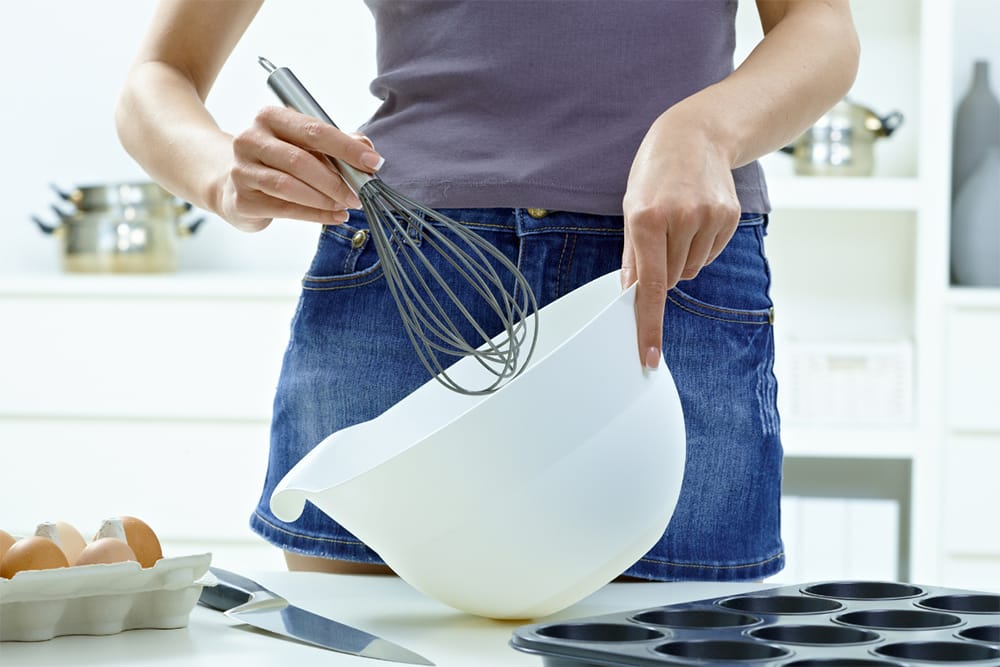
Image: Whisk
For manual whisks, you have to mix yourself by constantly turning the whisk in your mixture until the mixture assumes the consistency you require it to achieve. Meanwhile, the electric whisk makes whisking your mixture easy. At the press of a button, the metal loop end starts to whisk your mixture. Depending on the electric whisk you have, you might only need to hold the whisk in your mixture while it does the mixture or just put the bowl underneath the whisk machine while it does its work.
20. Zester
The zester kitchen tool is that friend that helps you to easily get lemon, orange or citrus zests from these fruits. If you love the flavor that zests add to your pastries or cakes, biscuits, etc., you absolutely need this zester grater. Of course, it’s different from a grater in certain ways that are not exactly obvious.

Image: Zester
The major difference between a zester and a grater is that the size of the holes on both tools differs. While the holes on a grater can help you achieve deeper cuts and shredding. While Zesters, with their smaller holes, shaves off the outer skin of your fruit in small degrees/ tiny bits.
Conclusion:
These kitchen tools come in handy in various ways. Having them in your kitchen makes it easy for you to get some tasks done. Once you know the result you’re trying to achieve, reach for the right tool- especially now that you know what these tools can do. Enjoy!
Subscribe & Get Tools News
We do not spam. You can unsubscribe anytime

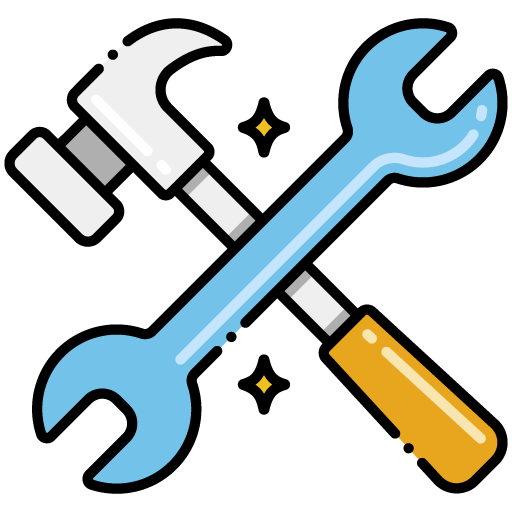


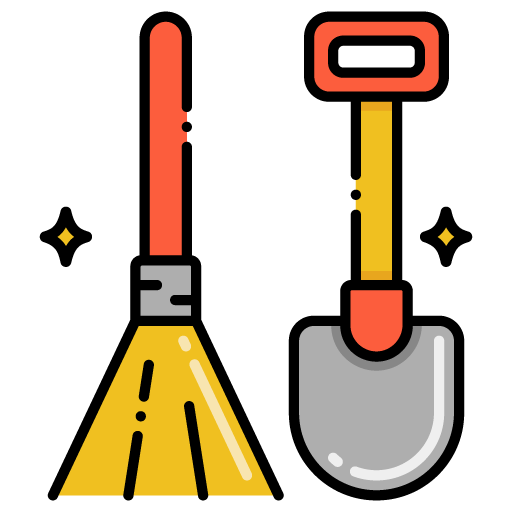

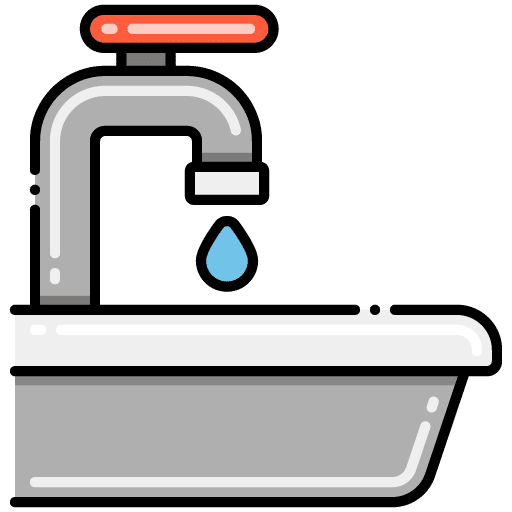
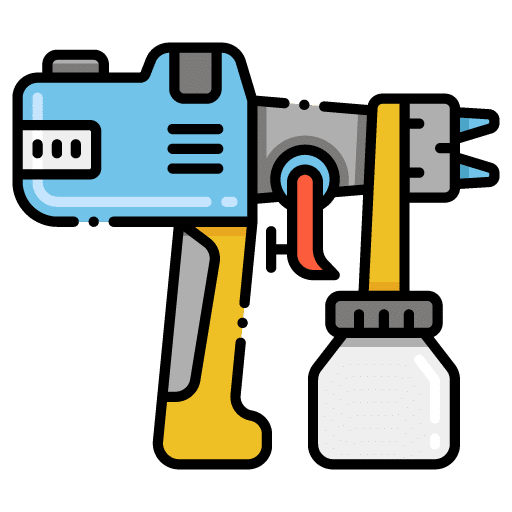
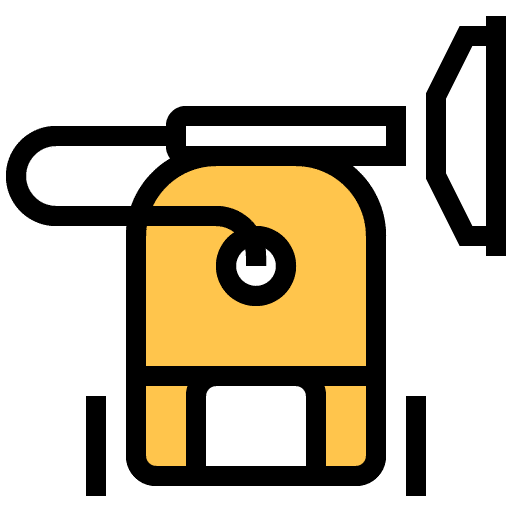
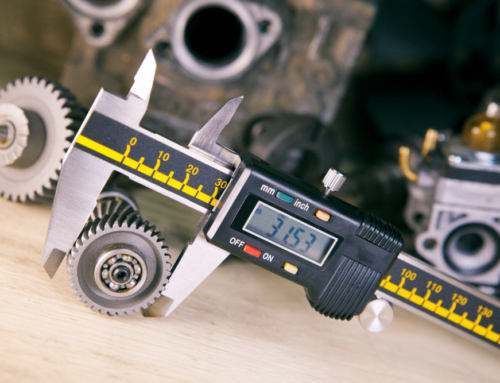
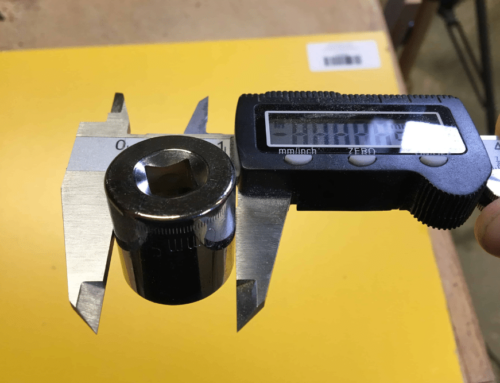
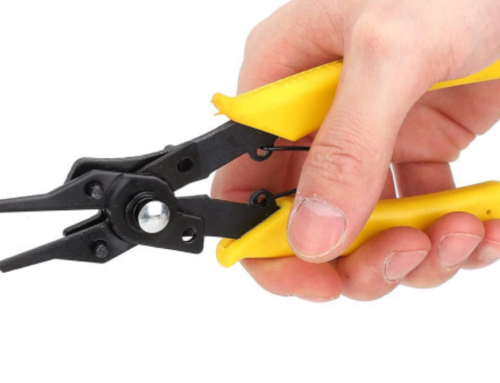
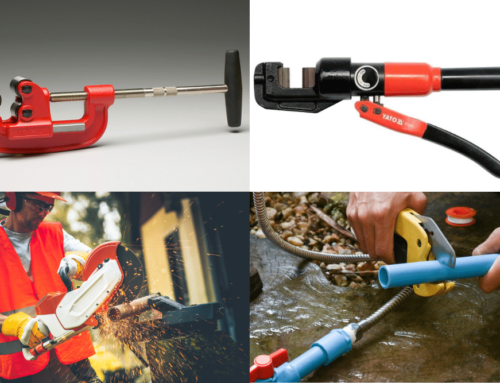
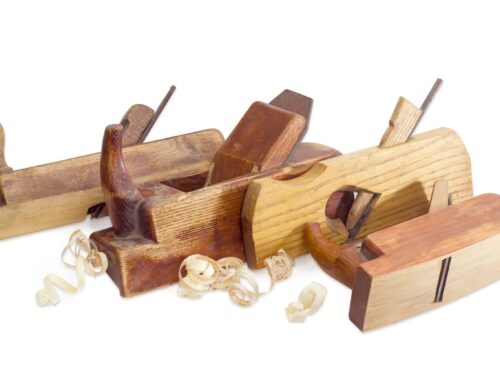
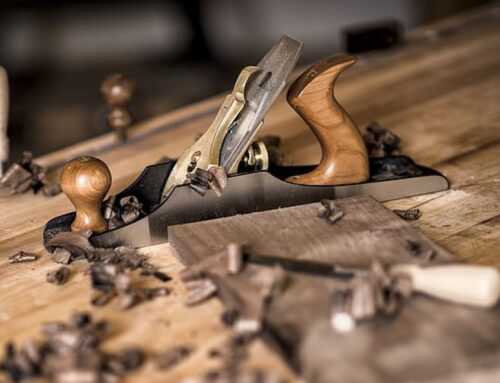
Leave A Comment